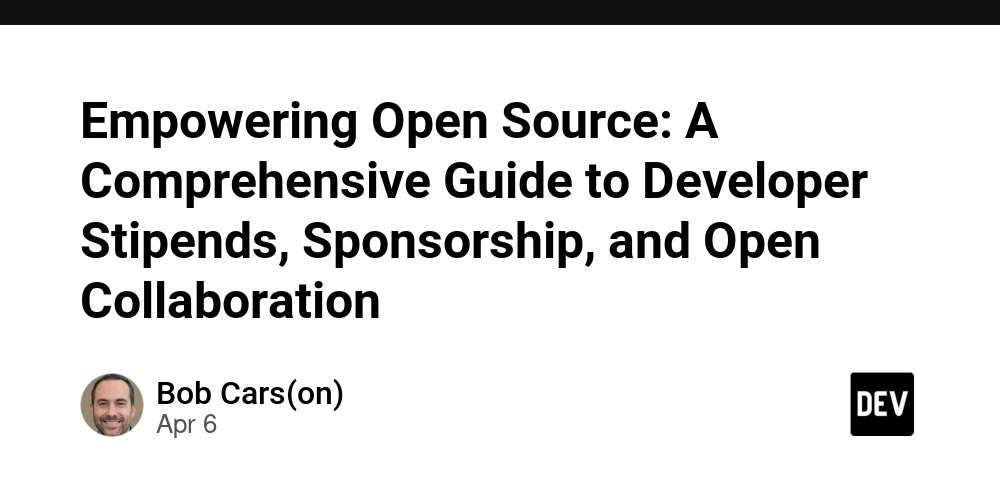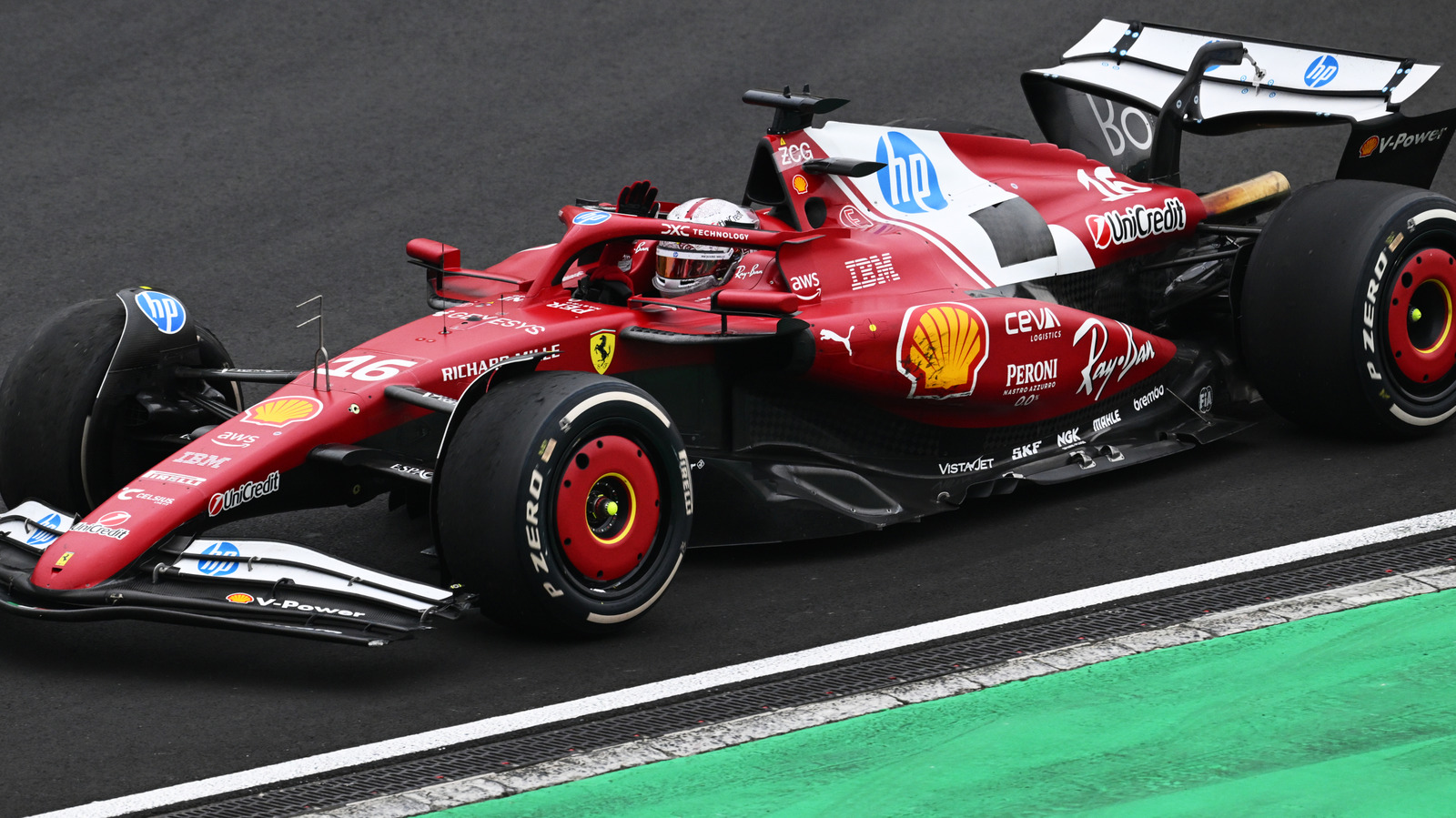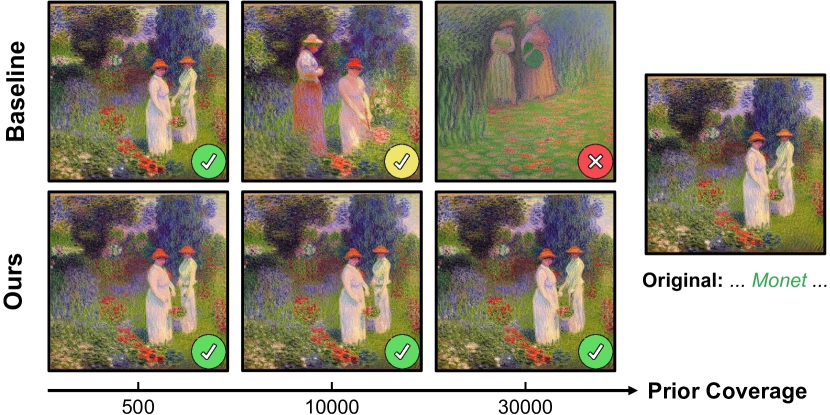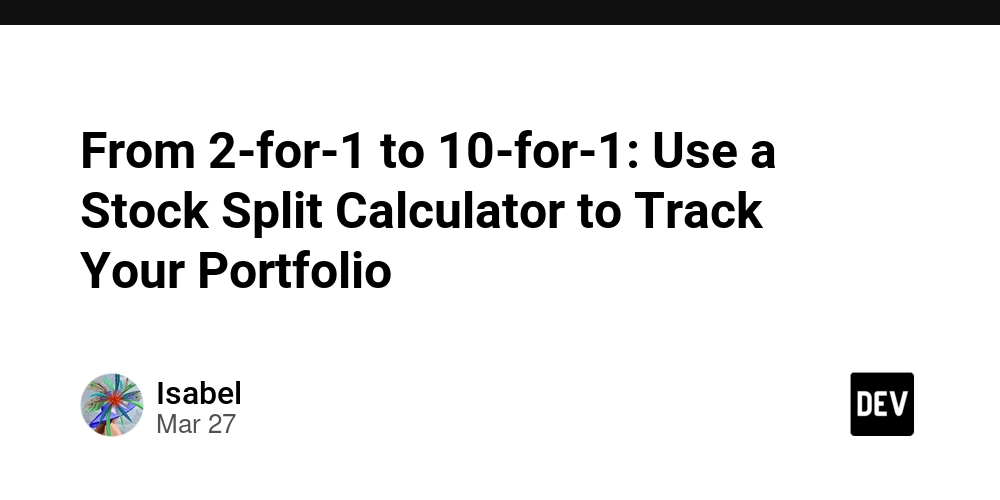Bringing Dynamic React-like Effects to Plain HTML Websites
Modern web frameworks like React and Next.js have popularized impressive visual effects and interactions that make websites feel alive and engaging. However, you don't always need a complex JavaScript framework to achieve similar results. In this post, I'll show you how to implement some of these eye-catching effects using just HTML, CSS, and vanilla JavaScript. Why Go Vanilla? While frameworks offer tremendous benefits for complex applications, there are compelling reasons to consider implementing certain effects with vanilla web technologies: Performance: No framework overhead means faster load times Simplicity: Fewer dependencies and build steps Accessibility: Works on legacy systems and low-bandwidth connections Learning: Better understanding of the underlying web technologies Let's dive into some popular effects and how to implement them without React or Next.js! 1. Smooth Scroll Animations React libraries like Framer Motion make it easy to trigger animations as elements scroll into view. Here's how to recreate this with the Intersection Observer API: This will animate when scrolled into view .animate-on-scroll { opacity: 0; transform: translateY(30px); transition: opacity 0.8s ease, transform 0.8s ease; } .animate-on-scroll.visible { opacity: 1; transform: translateY(0); } document.addEventListener('DOMContentLoaded', () => { const observer = new IntersectionObserver((entries) => { entries.forEach(entry => { if (entry.isIntersecting) { entry.target.classList.add('visible'); } }); }, { threshold: 0.1 }); document.querySelectorAll('.animate-on-scroll').forEach(element => { observer.observe(element); }); }); 2. Parallax Scrolling Effect Parallax scrolling creates depth by moving background elements slower than foreground elements. React libraries like react-parallax make this easy, but we can create a similar effect with vanilla JS: Parallax Effect Scroll down to see the magic happen! .parallax-container { position: relative; height: 500px; overflow: hidden; } .parallax-bg { position: absolute; top: 0; left: 0; width: 100%; height: 150%; background-image: url('your-background-image.jpg'); background-size: cover; background-position: center; z-index: -1; } .content { position: relative; padding: 100px 20px; color: white; text-shadow: 1px 1px 3px rgba(0,0,0,0.8); text-align: center; } window.addEventListener('scroll', () => { const scrollPosition = window.pageYOffset; const parallaxElements = document.querySelectorAll('.parallax-bg'); parallaxElements.forEach(element => { const speed = 0.5; // Adjust for faster/slower effect element.style.transform = `translateY(${scrollPosition * speed}px)`; }); }); 3. Animated Page Transitions Next.js makes page transitions seamless, but we can achieve similar effects with the History API and CSS animations: Home About Contact @keyframes fadeIn { from { opacity: 0; transform: translateY(20px); } to { opacity: 1; transform: translateY(0); } } @keyframes fadeOut { from { opacity: 1; transform: translateY(0); } to { opacity: 0; transform: translateY(-20px); } } .page-transition-in { animation: fadeIn 0.5s forwards; } .page-transition-out { animation: fadeOut 0.3s forwards; } document.addEventListener('DOMContentLoaded', () => { const contentDiv = document.getElementById('content'); document.querySelectorAll('[data-link]').forEach(link => { link.addEventListener('click', e => { e.preventDefault(); const href = link.getAttribute('href'); // Animate out contentDiv.classList.add('page-transition-out'); setTimeout(() => { // Load new content (in a real app, you'd fetch the new page content) fetch(href) .then(response => response.text()) .then(html => { const parser = new DOMParser(); const doc = parser.parseFromString(html, 'text/html'); const newContent = doc.querySelector('#content').innerHTML; // Update page content contentDiv.innerHTML = newContent; history.pushState(null, '', href); // Animate in contentDiv.classList.remove('page-transition-out'); contentDiv.classList.add('page-transition-in'); setTimeout(() => { contentDiv.classList.remove('page-transition-in'); }, 500); }); }, 300); }); }); // Handle browser back/forward buttons window.addEventListener('popstate', () => { // Similar logic to reload content based on current URL }); }); 4. Custom Cursor Effects Many

Modern web frameworks like React and Next.js have popularized impressive visual effects and interactions that make websites feel alive and engaging. However, you don't always need a complex JavaScript framework to achieve similar results. In this post, I'll show you how to implement some of these eye-catching effects using just HTML, CSS, and vanilla JavaScript.
Why Go Vanilla?
While frameworks offer tremendous benefits for complex applications, there are compelling reasons to consider implementing certain effects with vanilla web technologies:
- Performance: No framework overhead means faster load times
- Simplicity: Fewer dependencies and build steps
- Accessibility: Works on legacy systems and low-bandwidth connections
- Learning: Better understanding of the underlying web technologies
Let's dive into some popular effects and how to implement them without React or Next.js!
1. Smooth Scroll Animations
React libraries like Framer Motion make it easy to trigger animations as elements scroll into view. Here's how to recreate this with the Intersection Observer API:
class="animate-on-scroll">This will animate when scrolled into view 2. Parallax Scrolling Effect
Parallax scrolling creates depth by moving background elements slower than foreground elements. React libraries like react-parallax make this easy, but we can create a similar effect with vanilla JS:
class="parallax-container">
class="parallax-bg"> 









































































































































































![[The AI Show Episode 142]: ChatGPT’s New Image Generator, Studio Ghibli Craze and Backlash, Gemini 2.5, OpenAI Academy, 4o Updates, Vibe Marketing & xAI Acquires X](https://www.marketingaiinstitute.com/hubfs/ep%20142%20cover.png)



























































































































![[DEALS] The Premium Learn to Code Certification Bundle (97% off) & Other Deals Up To 98% Off – Offers End Soon!](https://www.javacodegeeks.com/wp-content/uploads/2012/12/jcg-logo.jpg)


![From drop-out to software architect with Jason Lengstorf [Podcast #167]](https://cdn.hashnode.com/res/hashnode/image/upload/v1743796461357/f3d19cd7-e6f5-4d7c-8bfc-eb974bc8da68.png?#)






































































































.png?#)




.jpg?#)































_Christophe_Coat_Alamy.jpg?#)
 (1).webp?#)







































































































![Rapidus in Talks With Apple as It Accelerates Toward 2nm Chip Production [Report]](https://www.iclarified.com/images/news/96937/96937/96937-640.jpg)








































































































































